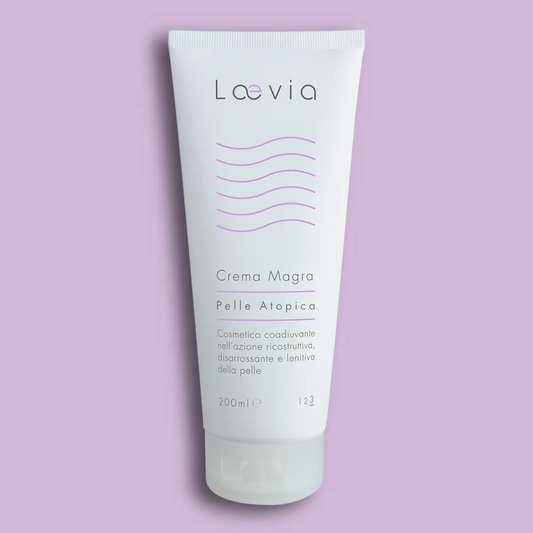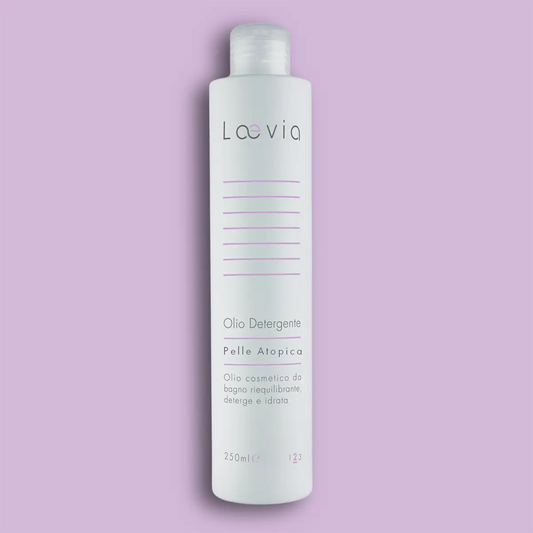From a simple reaction to a single substance, allergic manifestations of different types can appear in succession. It is the so-called "allergic march". And it all starts from atopic dermatitis…
From a simple reaction to a single substance, allergic manifestations of different types can appear in succession. It is the so-called "allergic march". And it all starts from atopic dermatitis…
Even allergens march on, and like an infinite number of toy soldiers they declare war on the organism, aiming at certain antibodies or cells. In subjects who are more predisposed, due to genetic alterations or familiarity with allergies, or in whom the immune system is weaker because it is developing, as happens in children for example, or because it is weakened by other problems, allergens can have the best and progressively win more than one battle. And so the allergy, from a simple reaction to a single substance, can become multiple and an initially annoying symptom can transform, in the absence of an adequate therapeutic approach, into a more serious and chronic disorder.
That is, what medicine defines as an "allergic march" takes place.
A march in stages
It could be said that a sedentary lifestyle does not belong to allergens. They are rather wandering souls, because they are not content to stop at a single organ but prefer to wander, involving multiple systems, different from each other, completing an evolutionary allergic journey that can accompany the person from the cradle until adulthood.
Like any other march, made up of stops and progressions, the allergic one also takes place in stages. And the first stage of this journey concerns the skin, which can begin to suffer from atopic dermatitis even in newborns. As a rule, in fact, allergens make their reactions felt already in infants, with skin manifestations which can then turn into food allergies during the weaning phase with mostly gastrointestinal symptoms, and ending in adolescence and adulthood with problems which they involve the respiratory tract, affected by rhinitis and asthma in particular.

Don't lose sight of your skin!
Keeping atopic dermatitis under control, with a preventive, soothing and moisturizing action, at the first signs of itching or lesions, is a fundamental measure to put a stop to the allergic march. The indication has a scientific basis: several studies attest that a child suffering from this skin disorder is five times more likely to develop allergic asthma than non-atopic children. Furthermore, in 80% of cases, atopic dermatitis is associated with allergic sensitization towards food and environmental allergens, among the latter in particular dust mites.
Atopic dermatitis is a chronic pathology that can only be managed as best as possible, and not cured, since there is no definitive therapy yet. But beware of underestimating it because it constitutes the first step towards other pathologies such as rhinitis and bronchial asthma. And since the skin constitutes the barrier that separates us from the external environment and its attacks, it becomes essential to protect it, keeping it healthy.
Double prevention possible
The advantage of knowing or recognizing the individual predisposition to allergic disease allows the implementation of both primary and secondary preventive strategies. That is, it is possible to first adopt measures that contribute to removing the primary causes of the possible onset of disease in healthy subjects, thus keeping them in good health.
In the case of allergic disease, primary prevention would consist, according to the most recent hypotheses, in delaying the introduction of animal proteins into the child's diet, promoting breastfeeding or the use of milk with eHF formulas, but also reducing how much exposure to dust mites and pets as much as possible.
If sensitization has already occurred, it is possible to intervene with secondary prevention, i.e. aimed at containing the symptoms, limiting the progression of the disease as much as possible and, where possible, achieving recovery. Secondary prevention which, in the case of allergies, is implemented with specific immunotherapy, also recognized by the World Health Organization as the only treatment capable of modifying the body's response to allergies. The outcomes are very promising both from a therapeutic point of view and in terms of quality of life.





